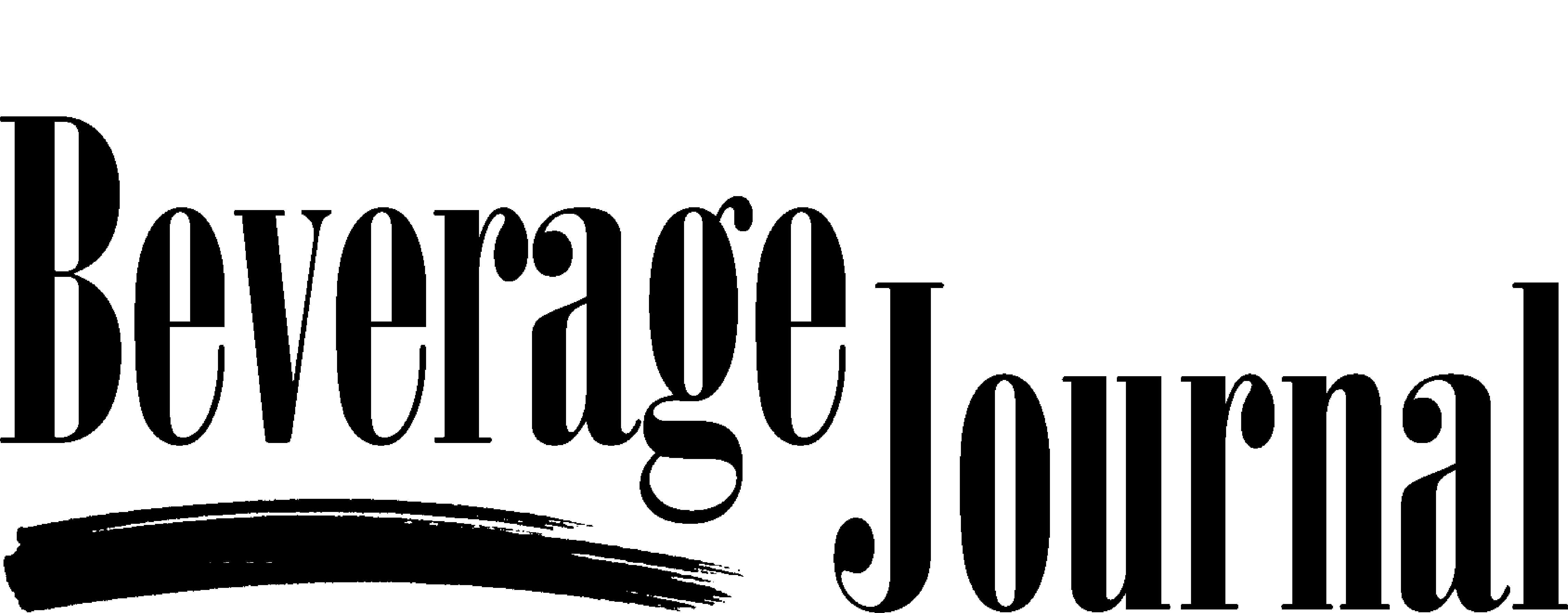Trending Articles ...
Halloween: October 31st
Most scholars agree that Halloween as we know it originated some 2,000 years ago, when Celtic people in Europe celebrated the end of the harvest and the start of a new year in a festival called Samhain (pronounced “sow-win”). People also believed they could commune with the dead more easily during that time, lighting big bonfires to ward off spirits, according to The American Folklife Center.
The Celts also believed that the spiritual communication on Samhain made it easier for Celtic priests, or druids, to predict the future, according to History. To appease the deities, they built bonfires and sacrificed crops and animals. Villagers also attended the bonfire ceremonies wearing animal heads and skins as costumes.
Nowadays, many of us associate bats with Halloween — and that has its historical roots, too. The Druids’ Samhain bonfires attracted bugs which, in turn, tempted bats to come enjoy a tasty meal. In later years, various folklore emerged citing bats as harbingers of death or doom. In Nova Scotian mythology, a bat settling in a house means a man in the family will die. If it flies around and tries to escape, a woman in the family will perish instead.
The Romans conquered most Celtic territory by 43 A.D. and brought their own fall festivals with them at that time, according to History. Their October celebration called Feralia also commemorated the passing of the dead. Another holiday, Pomona, honored the Roman goddess of fruit and trees. That’s one reason people often bob for apples during Halloween festivities.
Fast forward a few centuries, and the festivals that would become Halloween evolved. Several Christian popes attempted to replace “pagan” holidays like Samhain with their own religious observances. By 1000 A.D., All Souls’ Day on November 2 served as a time for the living to pray for the souls of the dead. All Saints’ Day, or All Hallows, honored the saints on November 1. That made October 31 All Hallows Eve, which later became Halloween.
Despite the new religious focus, people in Old England and Ireland continued to associate the end of October with the wandering dead. They set out gifts of food to mollify hungry spirits, and as time wore on, people began dressing in creepy costumes to go begging for the treats themselves. The practice was called “mumming,” and looked pretty similar to today’s trick-or-treating.
The holiday we celebrate today really started taking off in the middle of the 19th century, when a wave of Irish immigrants left their country during the potato famine. The newcomers brought their own superstitions and customs to their new homes, including the jack-o’-lantern. But back then, they carved them out of turnips, potatoes and beets instead of pumpkins.
Trick-or-treating skyrocketed in popularity by the 1950s, when Halloween became a true national event. Today, over 179 million Americans celebrate the holiday — and spend about $9.1 billion annually in the process.


